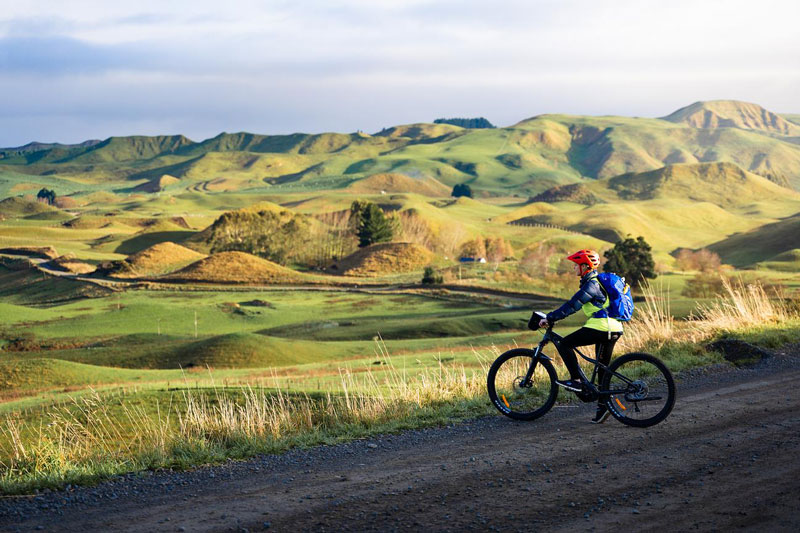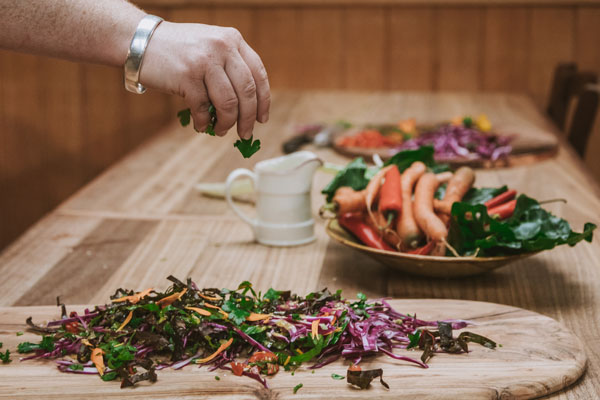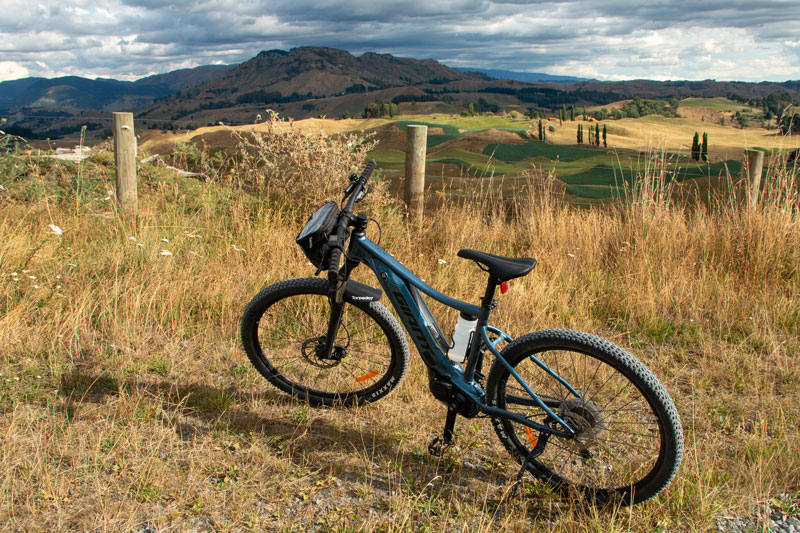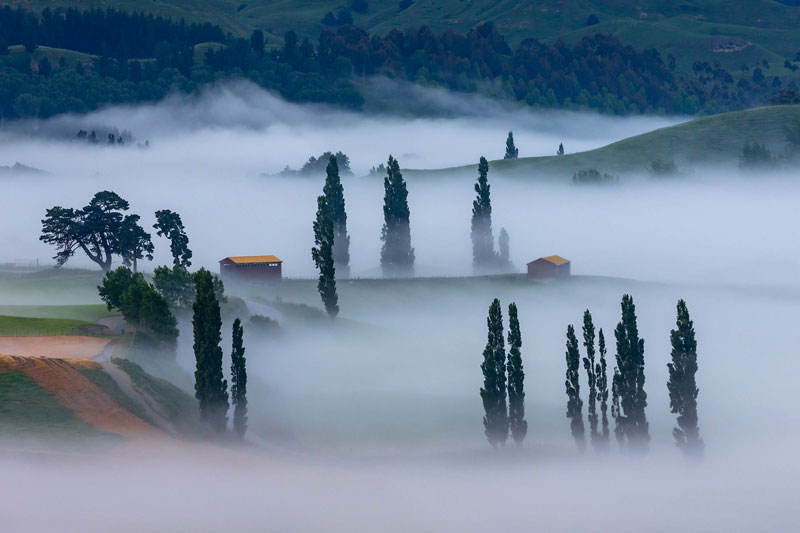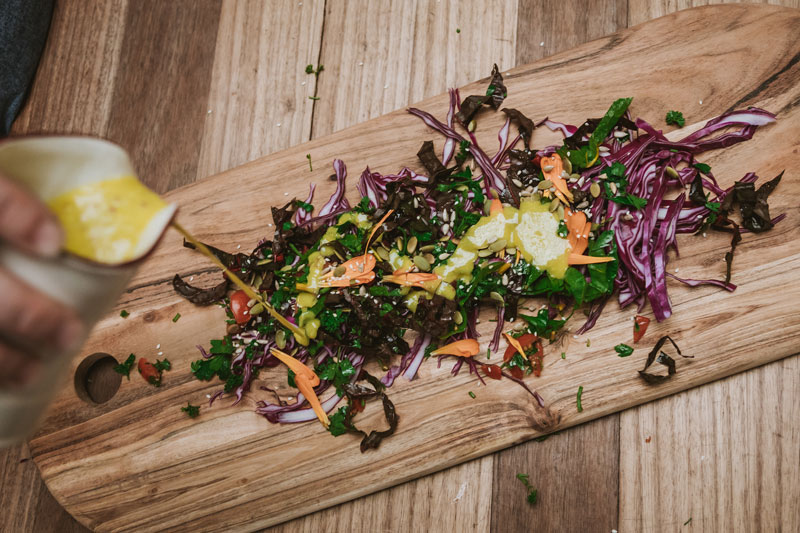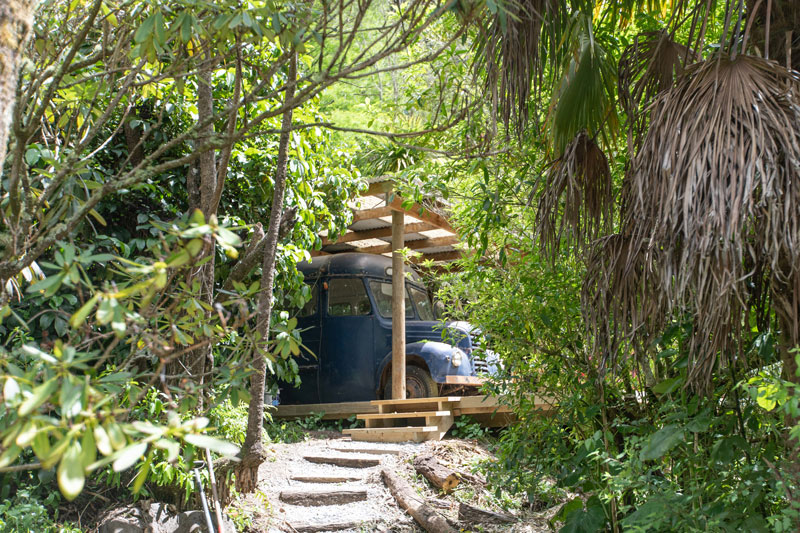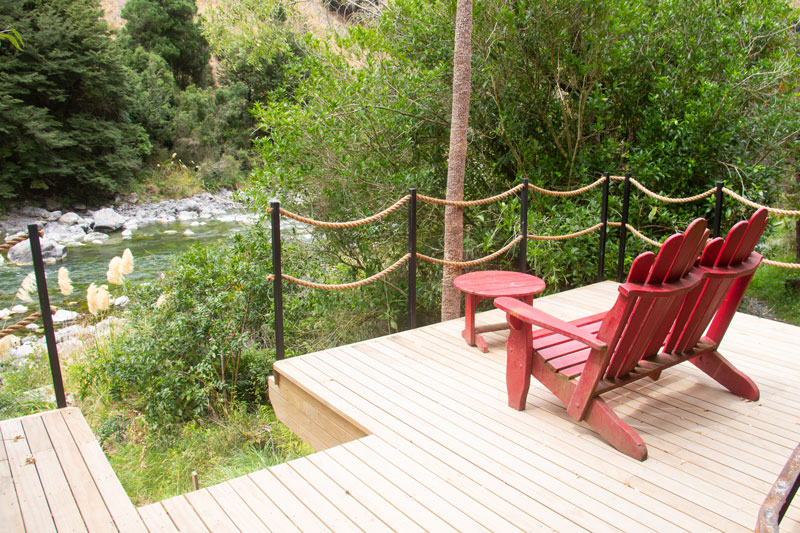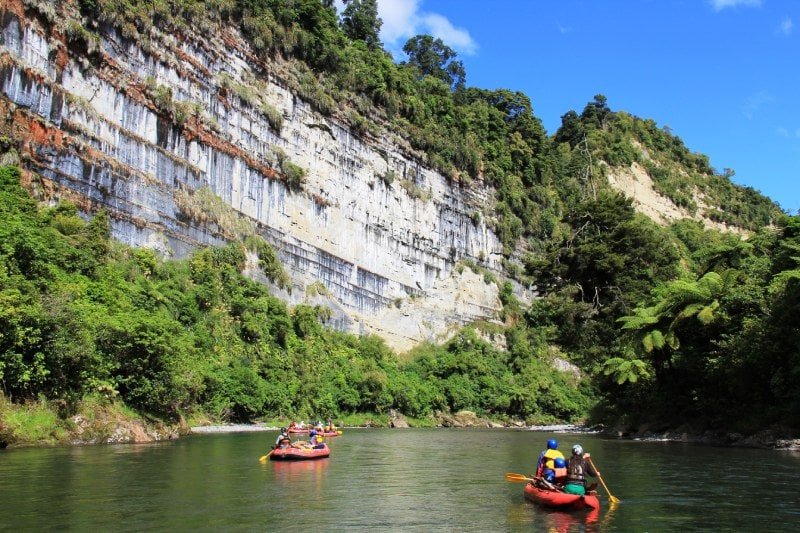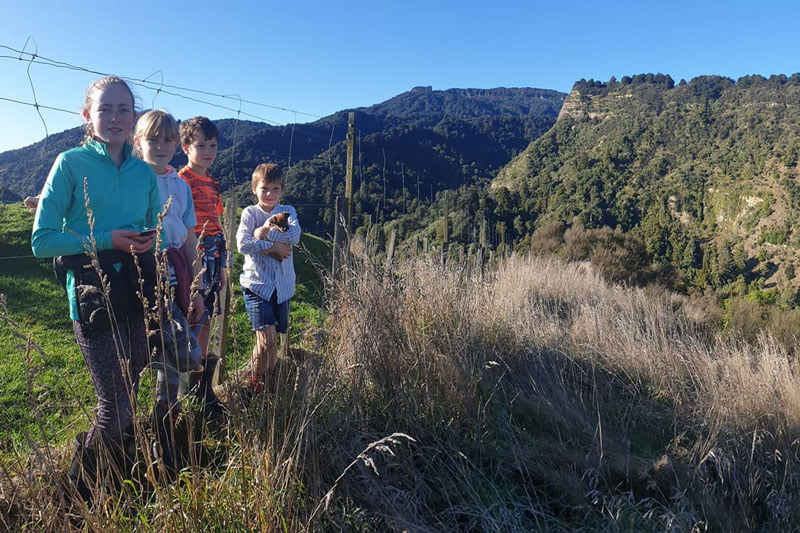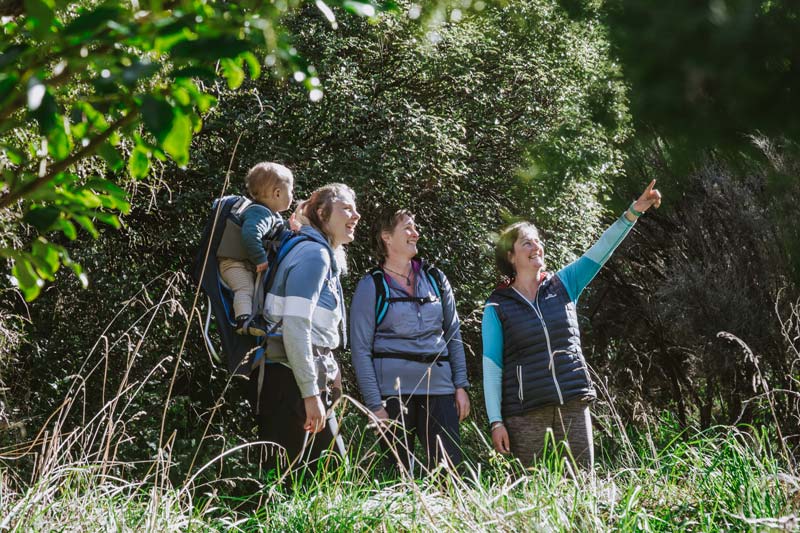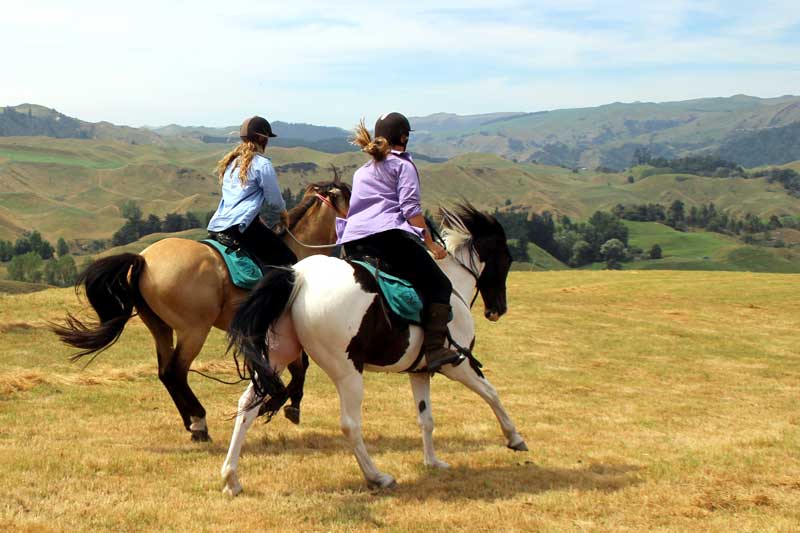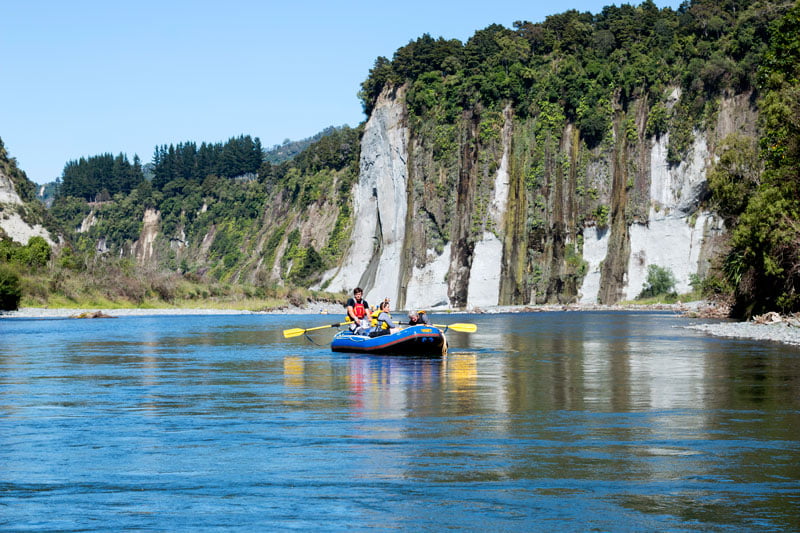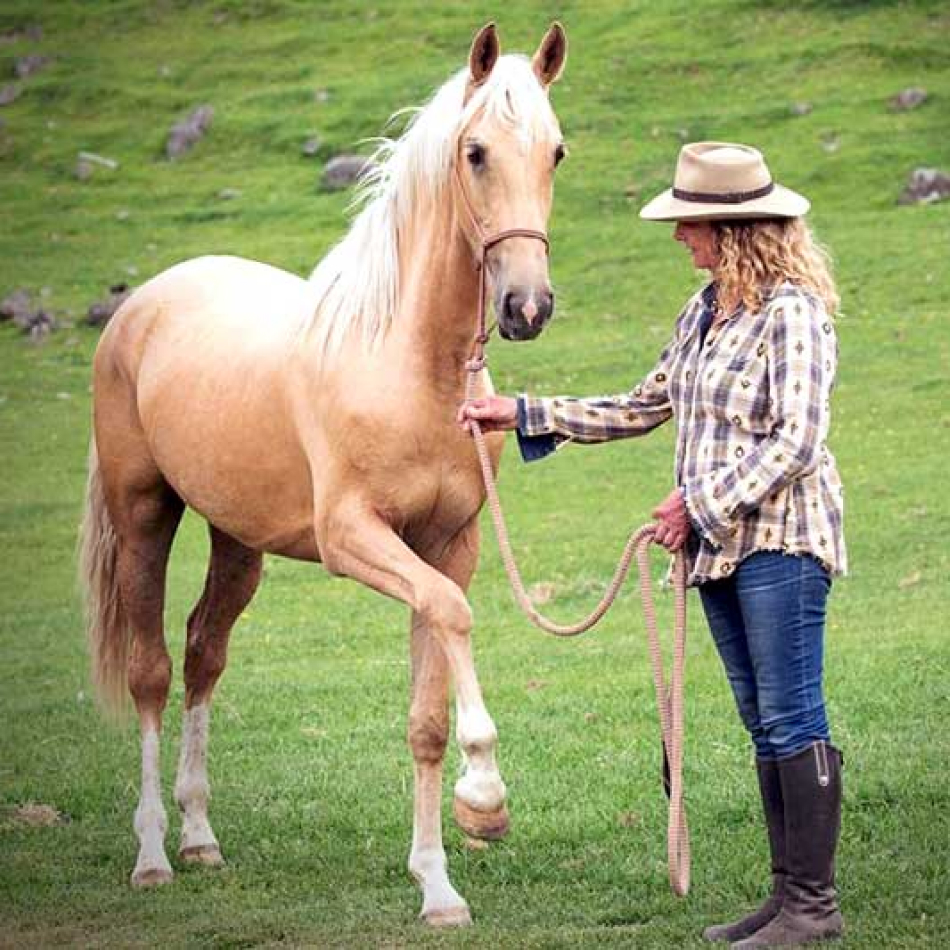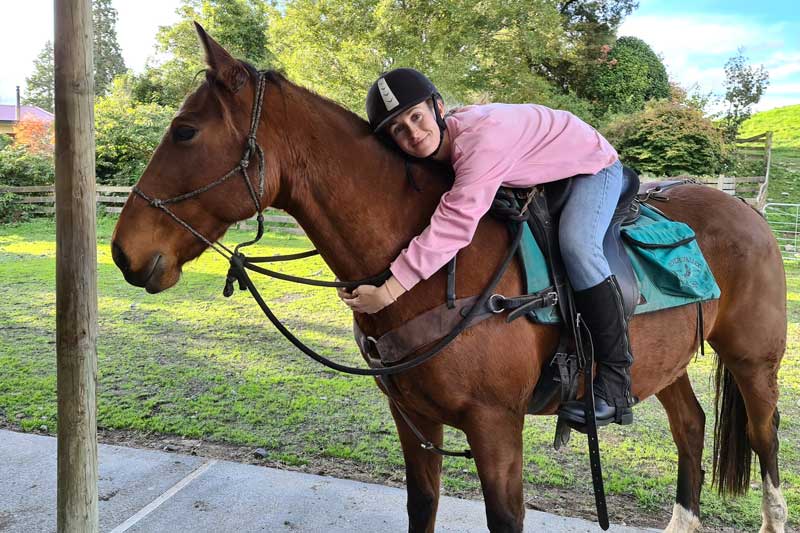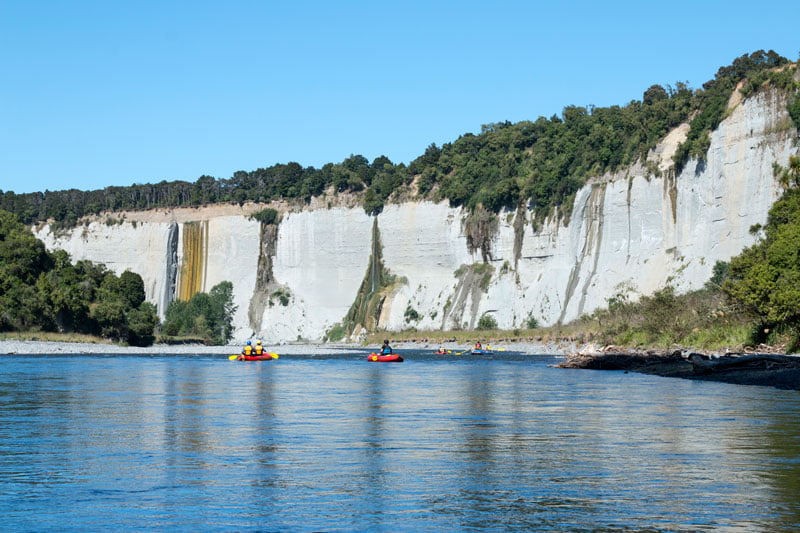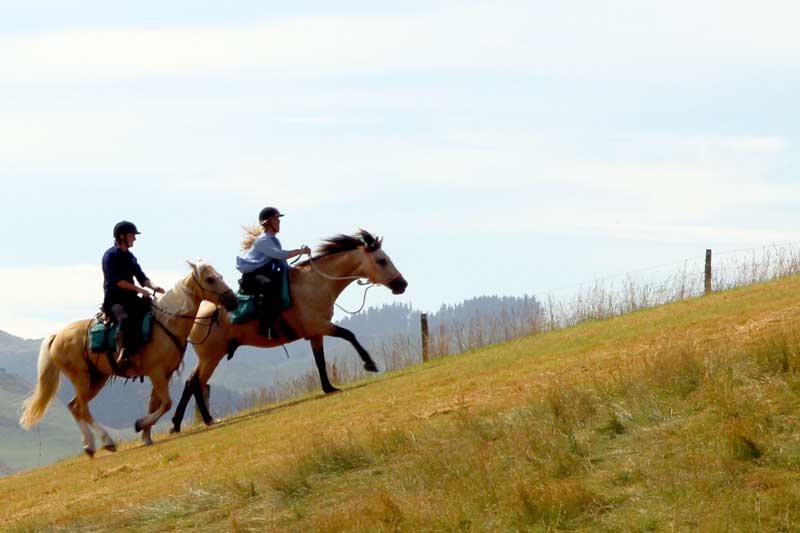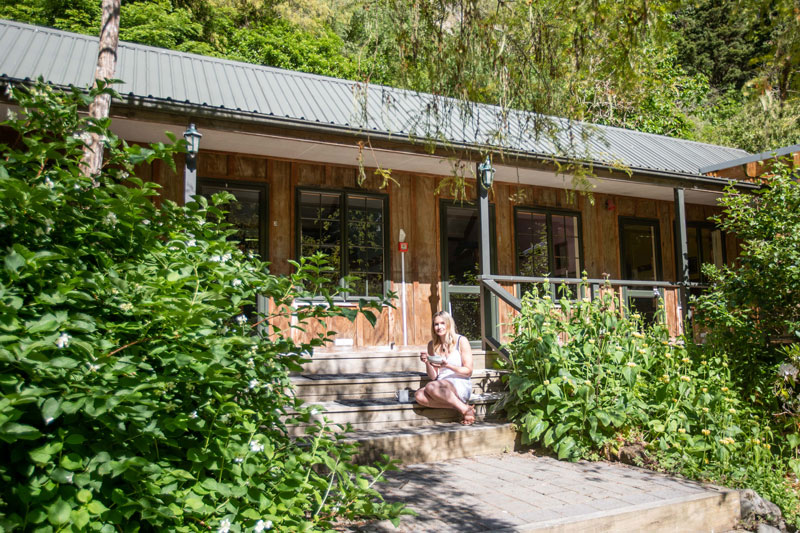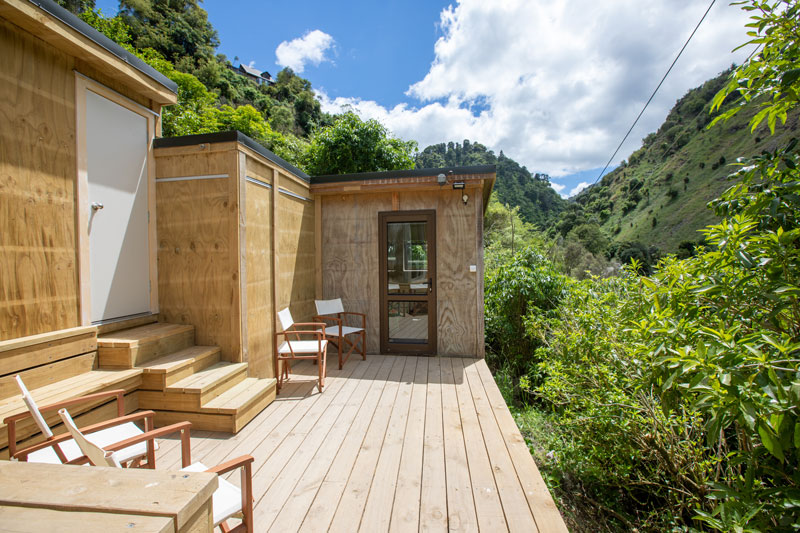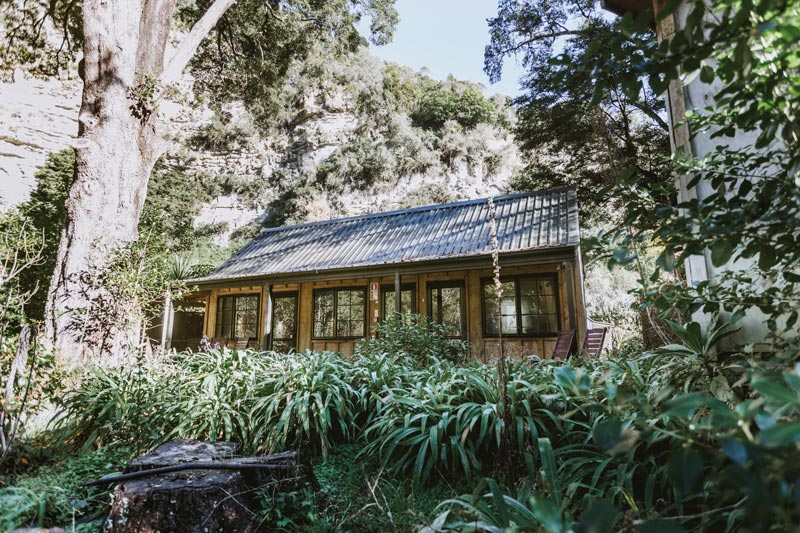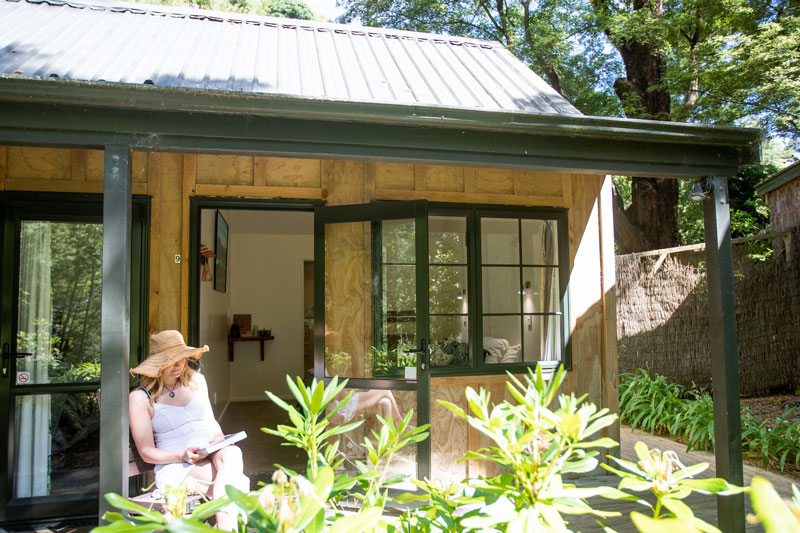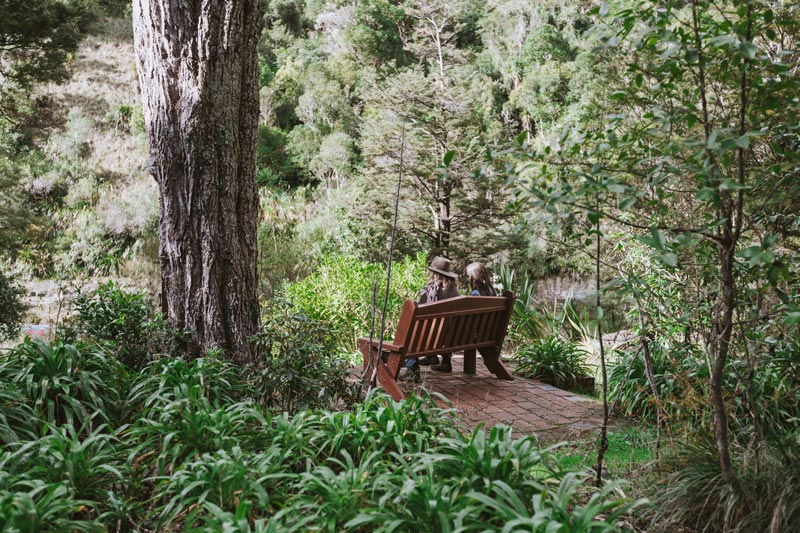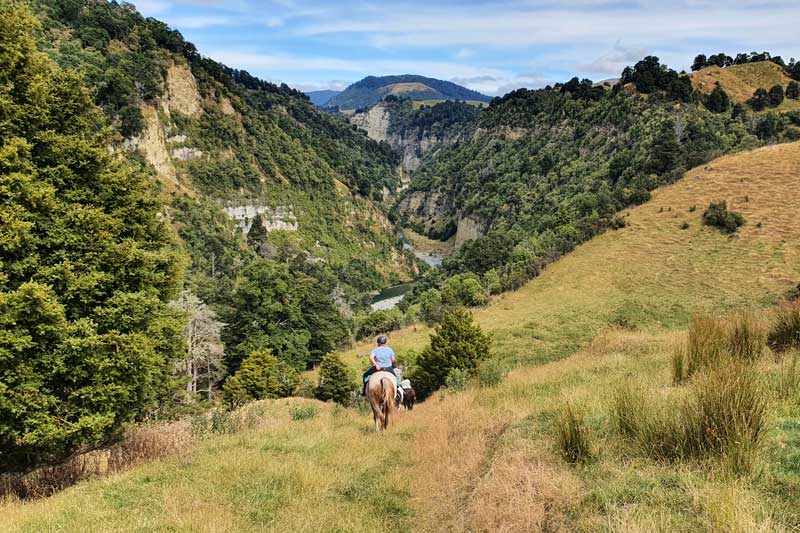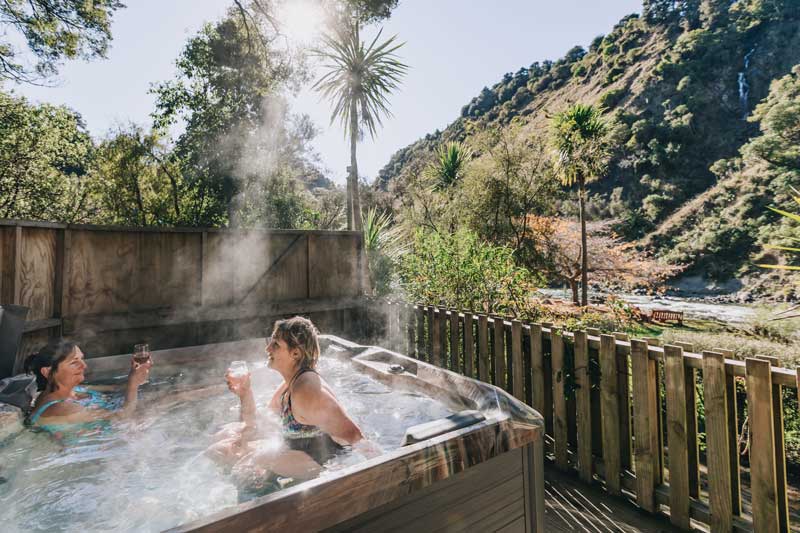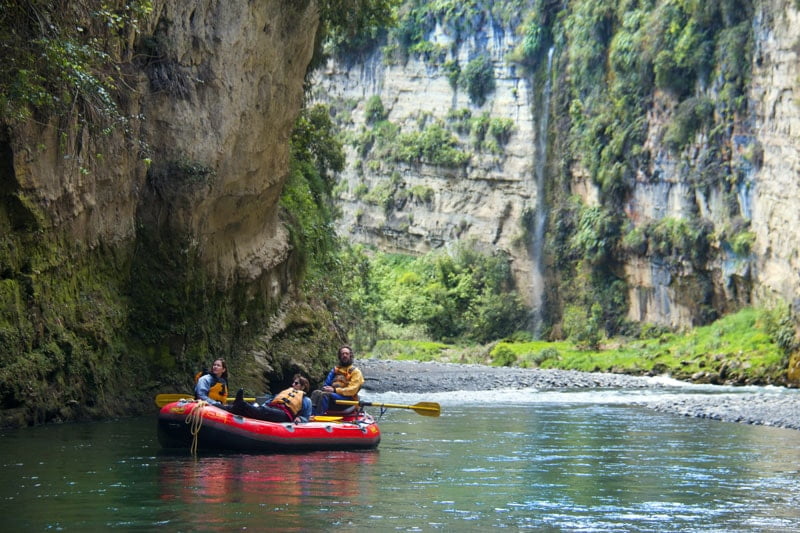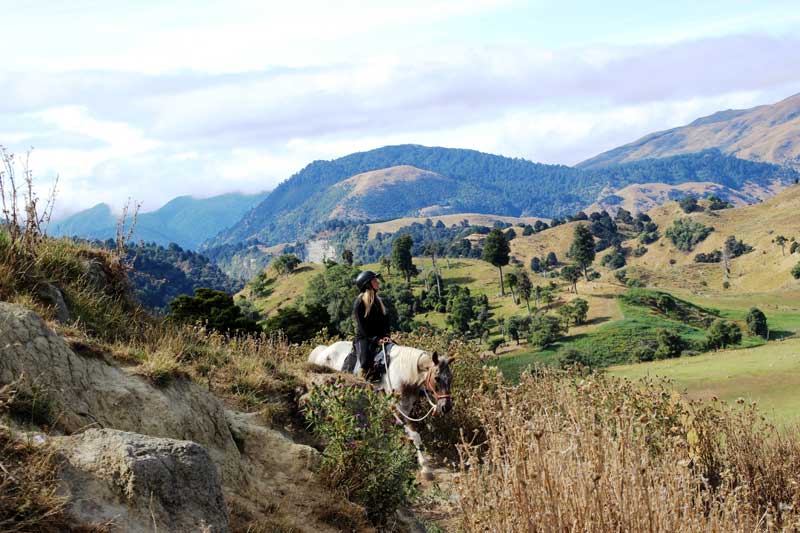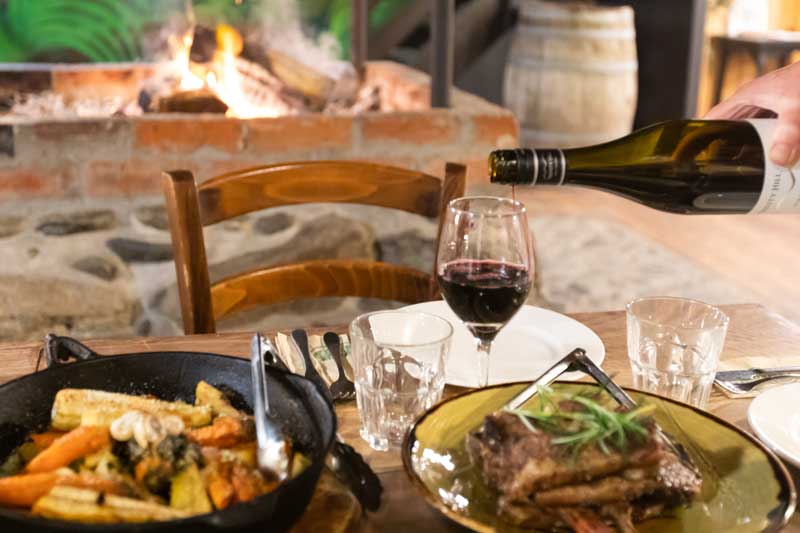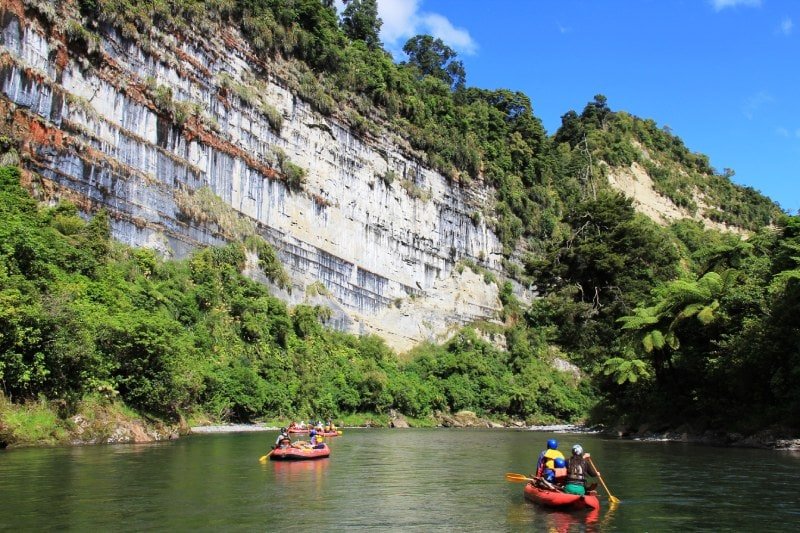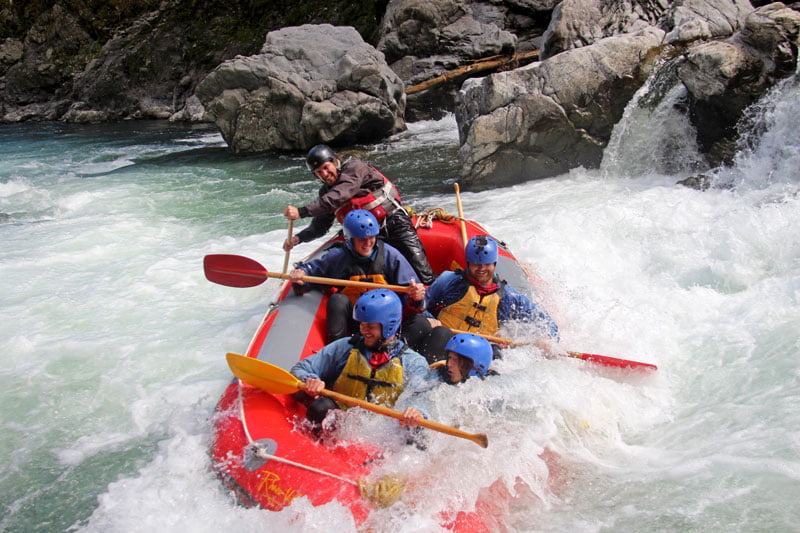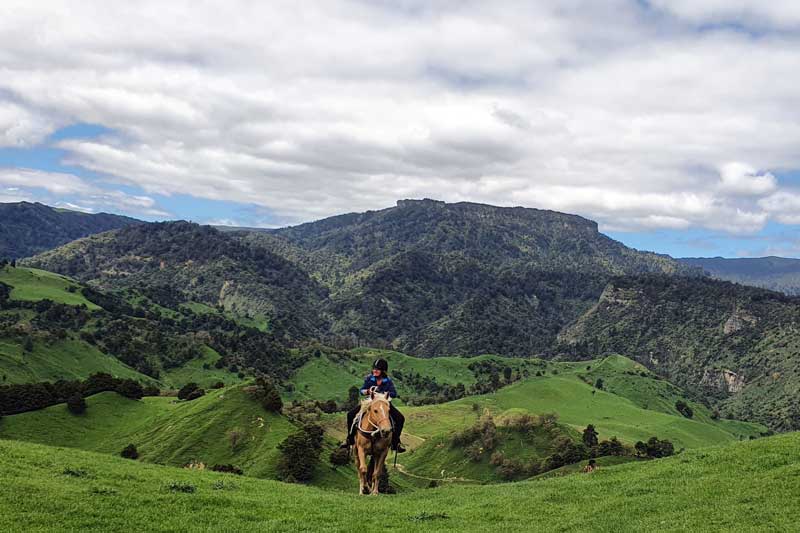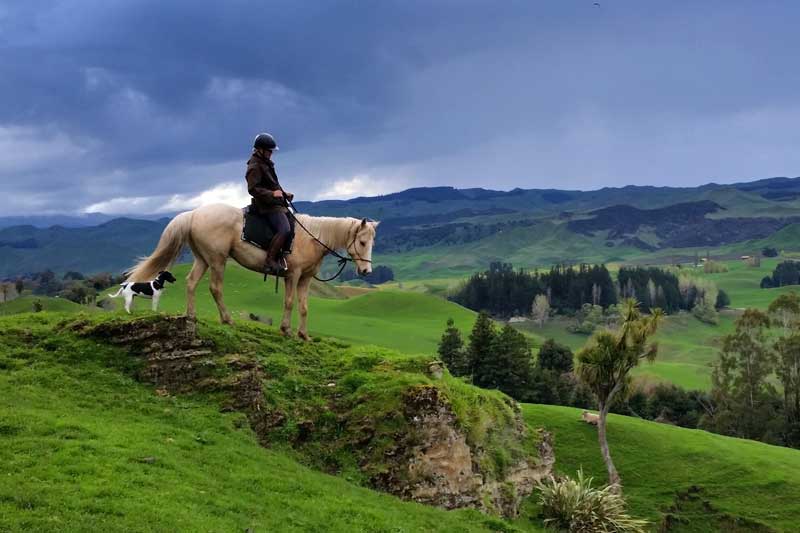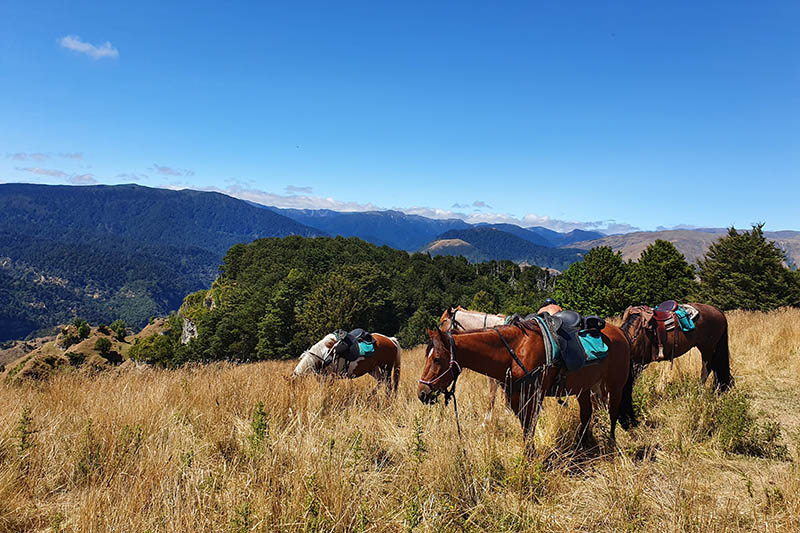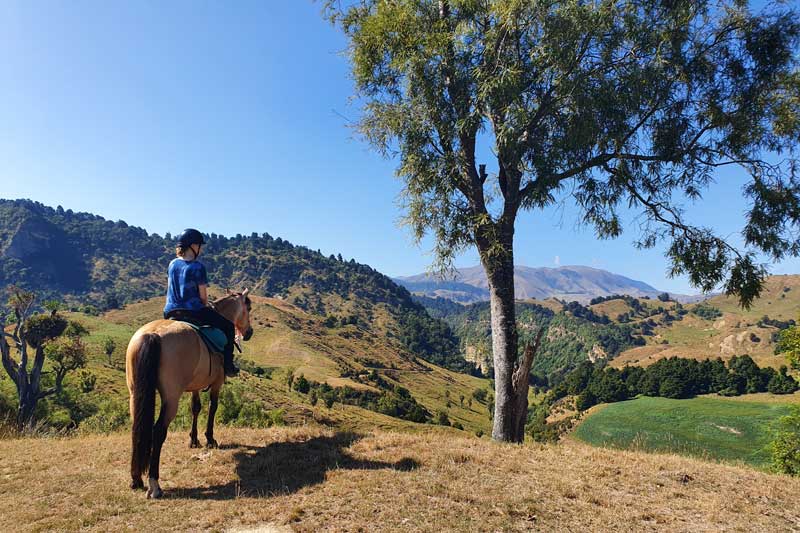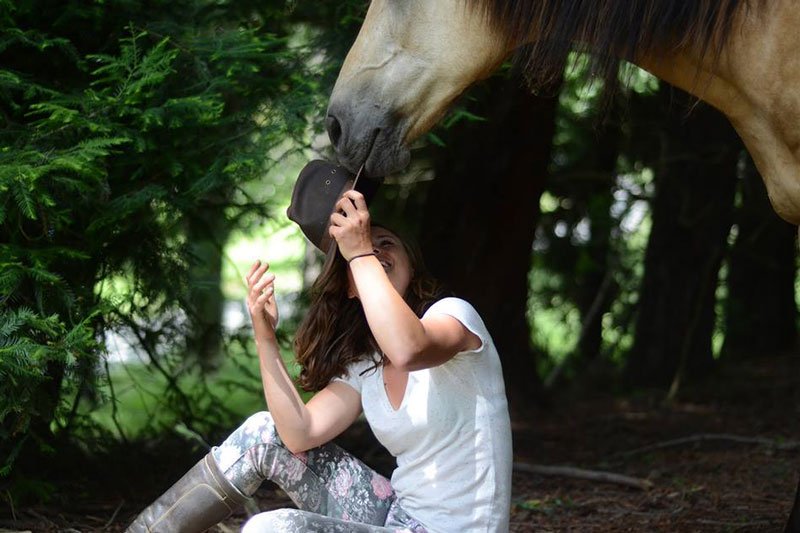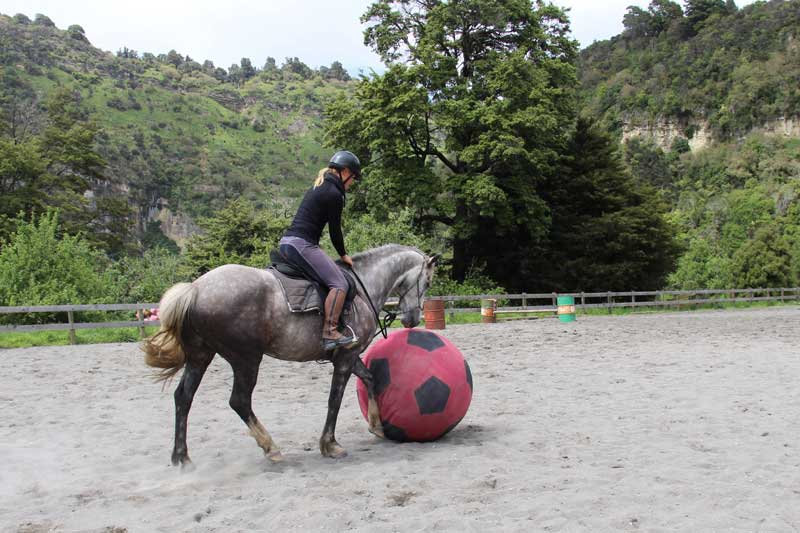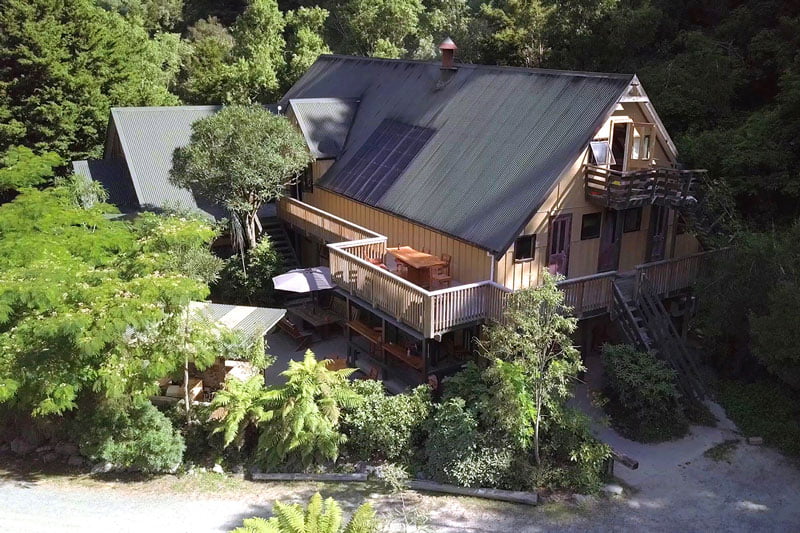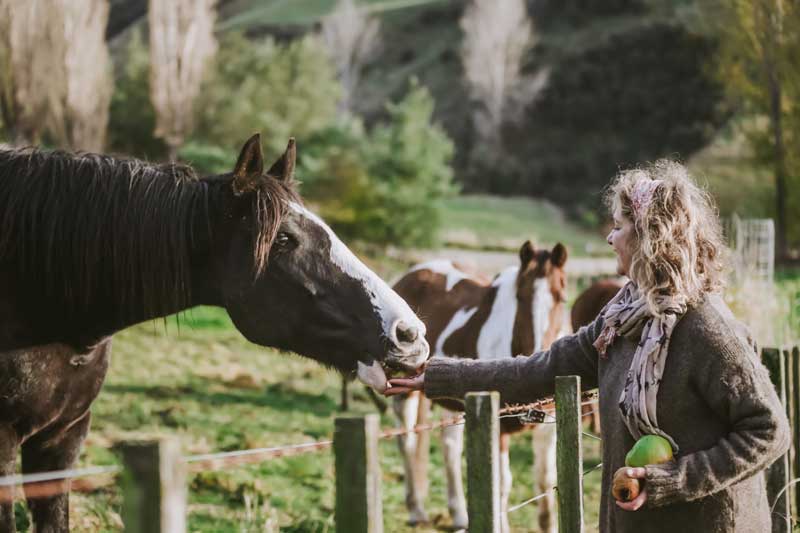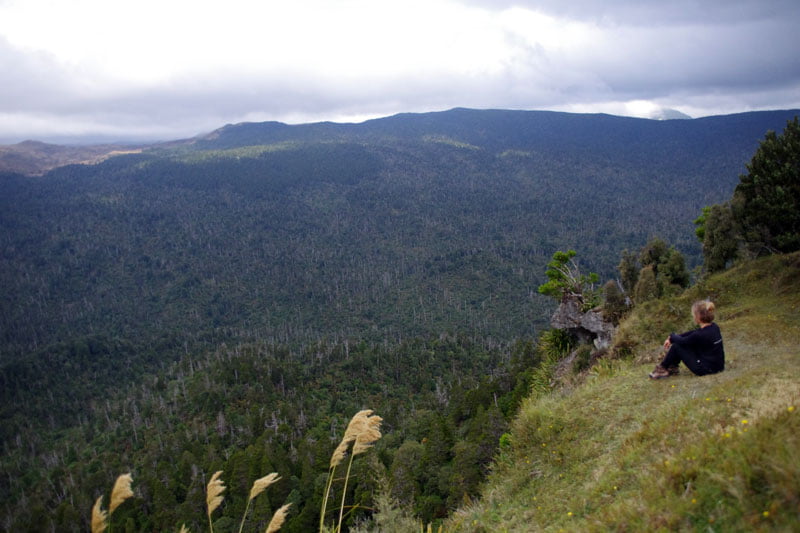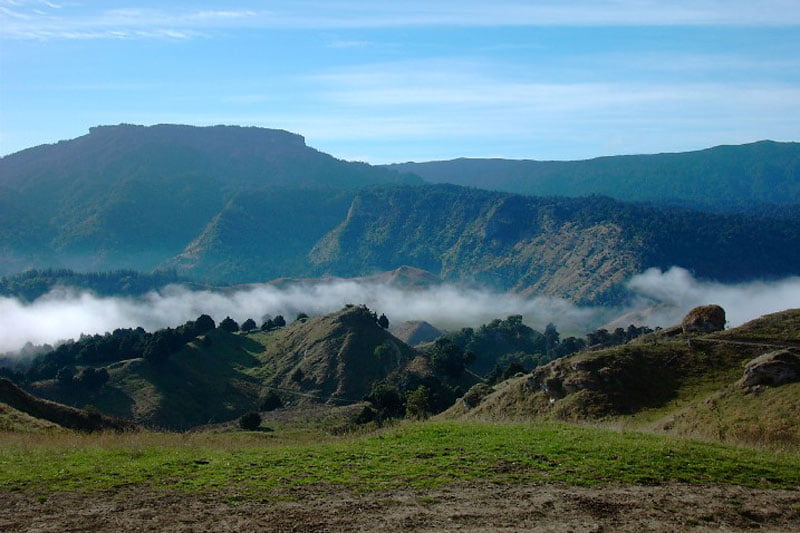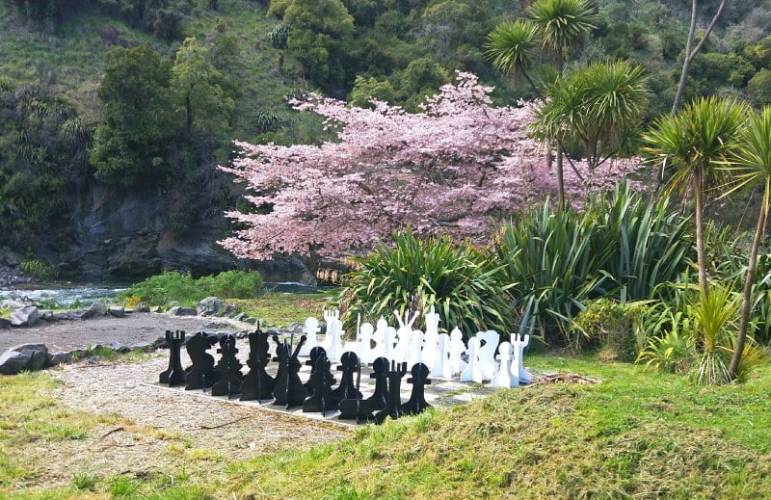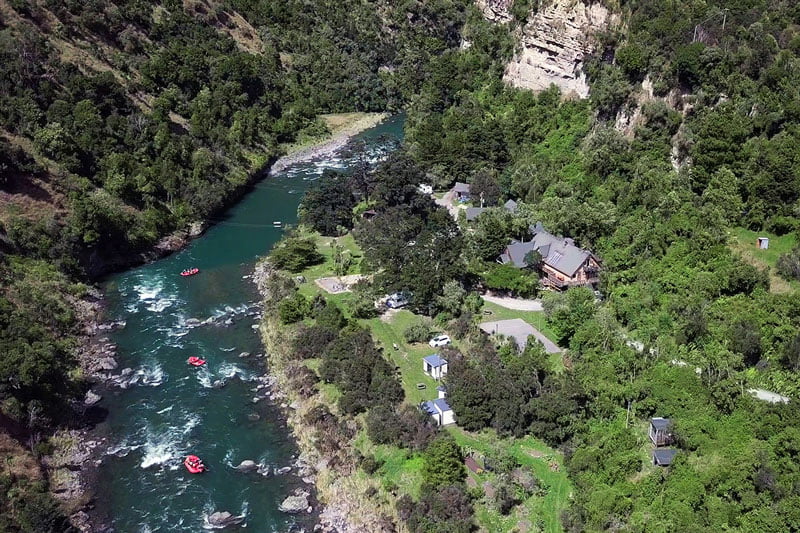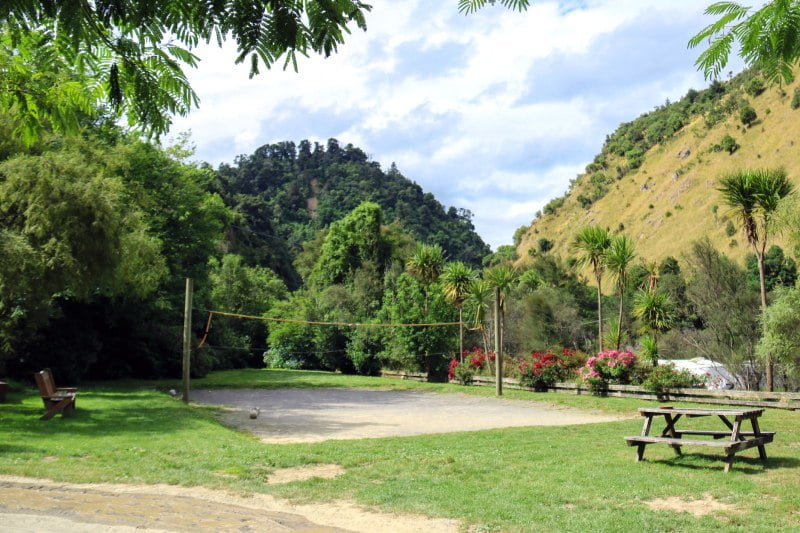Topsoil by Another Name?
Christmas Eve night was wet here in Pukeokahu, east of Taihape on the central North Island of New Zealand.
The rain was part of a weather pattern that had hung around for a few days. This weather pattern consisted of heat build ups during the day followed by afternoon or evening thunderstorms. This rain was welcome as we had just been through an unseasonably dry few weeks that had resulted in unusually low river levels and drying out of the landscape. Both farmers and rafters had been getting concerned that there was a possibility of an early drought, but these concerns were alleviated for now.
However, there was a downside to these belts of, at times, quite intense rainfall. This downside was that coinciding with this intense rainfall, were quite large areas of land that were either still being cultivated, or had recently been sowed into winter forage crops.
These paddocks did not yet have an armour of living plants to protect and hold the soil in place.
The accompanying photos clearly show the results of this rainfall on those paddocks, and what it meant for our river, the Rangitikei.
A normal flood event sees the river turning a light grey brown. Think of milk chocolate if you will.
This flood event was characterised by the river colour turning a deep dark, 70% Ghana dark chocolate.
By Another Name
Have you ever noticed that governments, the military and large corporations, use language than often obscures or lessens the impact of particular happenings or events?
For instance, the unintended slaughter of civilians from bombs or missiles meant for others is called “collateral damage”. A term that dehumanises and downplays the importance of what had happened.
The same type of word games when used often enough become, over time, the accepted language to describe certain events or happenings.
Let’s talk About Silt
In the photos that dark colour is silt.
Silt is one of those words used all the time to describe soil carried or deposited by a river.
The word silt is a little like “collateral damage”.
The word silt in this case gives no real hint of what silt is.
The Difference Between Chocolates
Let’s go back to the difference between that milk chocolate and deep dark Ghana chocolate. The milk chocolate colour is normal natural background erosion. This sort of silt when deposited by a river over millions of years is what has built the rich fertile flood plains that have been the cradles of every great civilisation.
The dark Ghana colour in the photos is not normal background natural erosion, rather it has been the colour that has in most cases destroyed those rich fertile plains and the civilisations that flourished on them.
That deep dark colour is what topsoil looks like once it has eroded off crop paddocks and entered a river. The accompanying pictures do show “silt”, but that silt is in reality the product of thousands of years of topsoil creation.
While nature certainly does have the odd weather event that rips away topsoil, in this case however, that colour is purely man made.
If this was an isolated event, there would most likely be little cause for concern. However, early summer after early summer we now see these same flood events. Thousands of tonnes of topsoil flowing down river and out to sea. With all the stop banks in place, this topsoil does not even get the chance to rebuild a flood plain.
What to Do?
It is clear to anyone who takes the time to look and think about this, that management practices must change. The world now has millions of hectares of agricultural land that has been abandoned because we did not look after that precious topsoil. Think the Euphrates valley in Iraq, the place where the Garden of Eden was supposed to be. Now just a desert.
We have for thousands of years let that precious topsoil flow down the river.
Maybe a start to thinking different is to be more honest about what we call things. In this case we should feel angry and outraged because we are letting letting our inheritance of topsoil, not silt, flow down the river.
Time to do things differently.
Brian Megaw
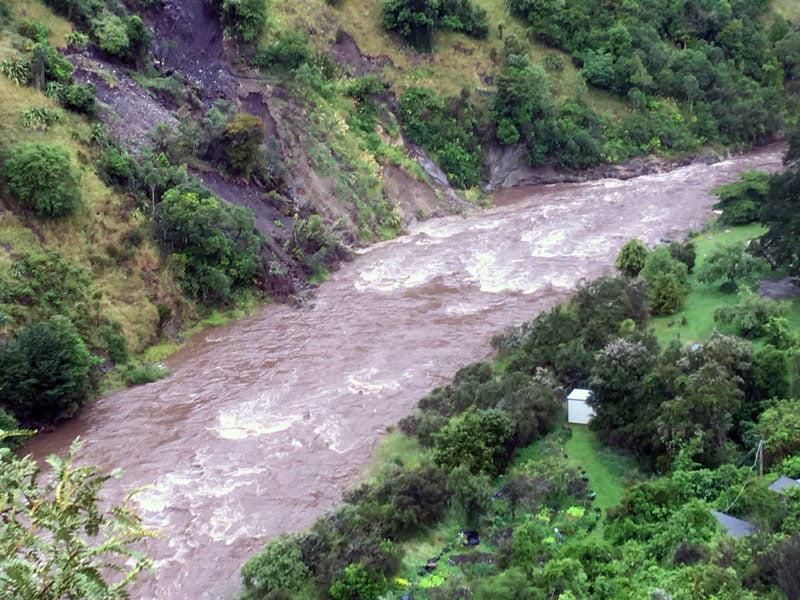
Topsoil in The Rangitikei River on 25th December 2019

